Airpocalypse: Beijing’s bad, but PRD can’t be too smug about pollution
Posted: 01/16/2013 7:00 amPhotographs of the smog in Beijing have hit international newspapers and caused a stir in the blogosphere over the past few days as PM2.5 readings reached 900 in some areas. To give you an idea how bad that is, 301-500 is considered “hazardous” according to the official US measurements in Beijing. In fact, there is no classification for anything above 500, so it simply reported “beyond index”.
Now hospitals in the capital are struggling to deal with illnesses caused by the unclean air, according to Shanghaiist.
However, Beijing is far from the only Chinese city suffering from heavy pollution. Hangzhou, among others, saw rescue services fail to respond to a factory fire for nearly 3 hours because the fog prevented anyone from noticing.
Here in the Pearl River Delta (PRD), which is a manufacturing hub, cities are struggling to reduce the number of cars on the road which has an impact on air quality.
The Ministry of Environmental Protection provides data on its English language website. According to the website’s figures, the state of the air in Guangzhou and Shenzhen is ‘good’, as is the air in Foshan, Zhuhai and every other PRD city for which there is data.
However, the ministry’s data describes Beijing as “mild polluted” (sic), so perhaps its standards can’t necessarily be trusted.
On Monday, the Guangzhou City Government held a meeting to discuss progress on a drive to reduce PM2.5 in the air by at least 6% from 2010 to 2015, Guangzhou Daily reports.
The paper says the city is currently on course to do this, but an article in the same issue said that Guangzhou would take at least 10 years to get the Air Quality Index down to 35, the level that is deemed safe in China.
Leading air pollution expert Wu Dui of Zhongshan University said even that would be an amazing achievement as the city would have to reduce the PM2.5 reading by an average of 1.2 micrograms per cubic meter every year.
Although the PM2.5 reading in the city is not as high as Beijing or Shanghai, the article goes on to say that the PRD still leads the way in causing damage to the ozone layer through human activity.
The U.S. Consulate in Guangzhou provides information on air quality and PM 2.5 readings through an app that you can learn about at the consulate’s website.
In Shenzhen, during the ongoing Municipal People’s Congress, a political adviser criticized a quarry in Futian District’s Antuoshan area for causing air pollution that could be affecting 100,000 residents, Shenzhen Daily reported:
Saying that nothing related to the quarry has improved since last year’s session of the Shenzhen committee of the Chinese People’s Political Consultative Conference (CPPCC), She Guozhi raised the issue again at a panel discussion Sunday and strongly criticized related government agencies.
Over the weekend, PM2.5 levels at 17 of 18 monitoring stations in Shenzhen exceeded the national daily average limit of 75 mcg per cubic meter, calling into question the claims on the Ministry of Environmental Protection’s website.
However, Shenzheners told local media they were glad to be in Shenzhen and not Beijing. Nine flights from Shenzhen Airport were canceled on Sunday because of the hazy weather in destinations such as Beijing and Tianjin.
In Dongguan, local newspaper the Dongguan Times ran a front page spread claiming that the air quality situation in the city is good, Danwei.com reported. Some netizens reacted with skepticism, others with pride.
One can never be too careful about these things. A report from Beijing University released last month concluded that PM 2.5 had sent 8,572 people to early graves in Guangzhou and three other major Chinese cities.
There is no good reason not to buy an air purifier.
(Home page photo credit: Shenzhen Standard)

 3
3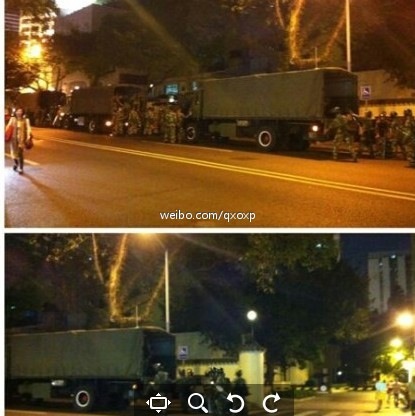
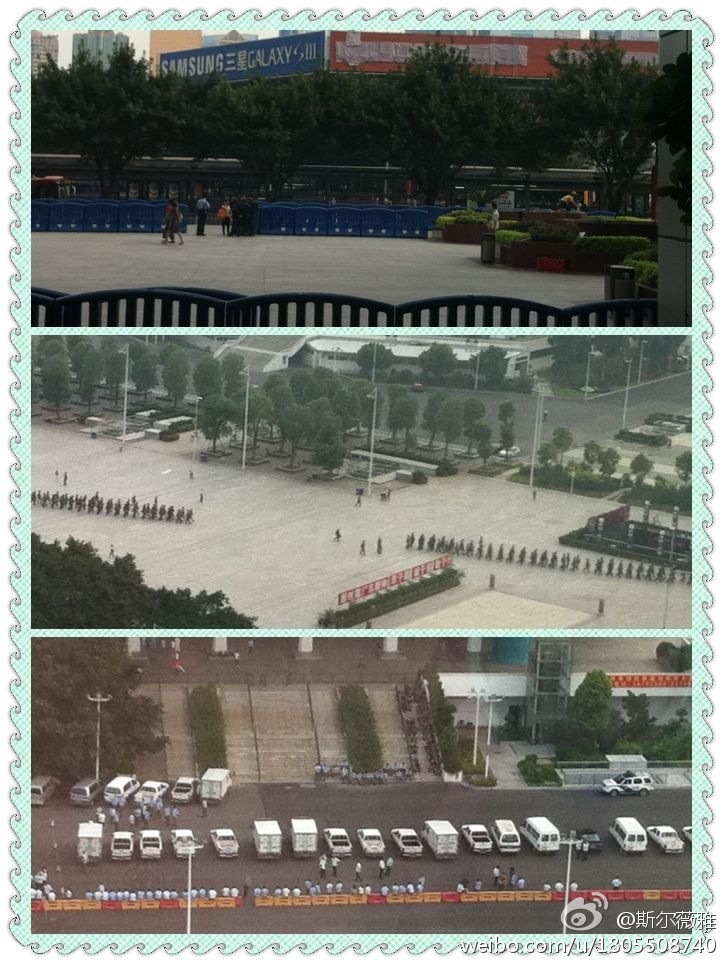
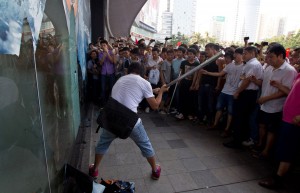
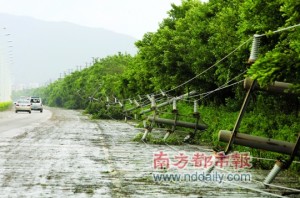
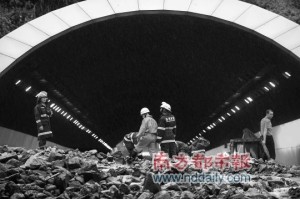
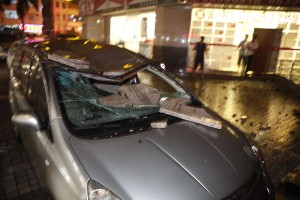
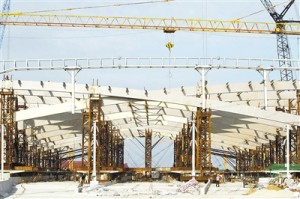
 1K
1K






